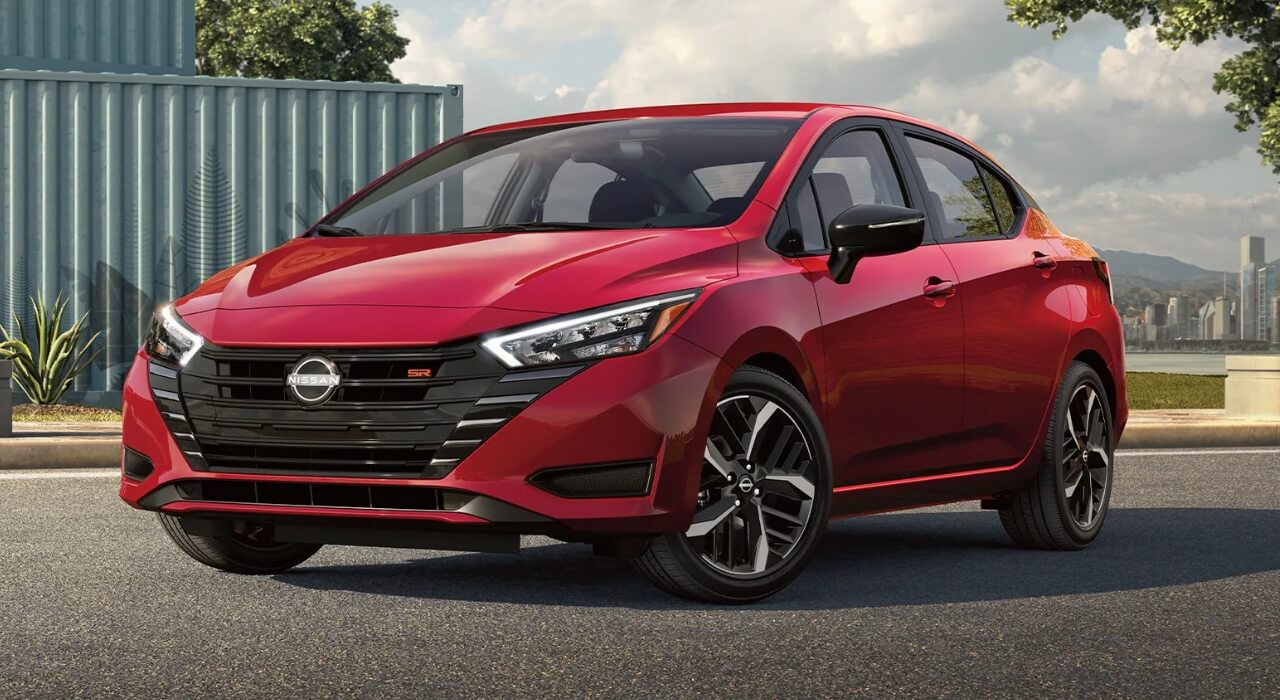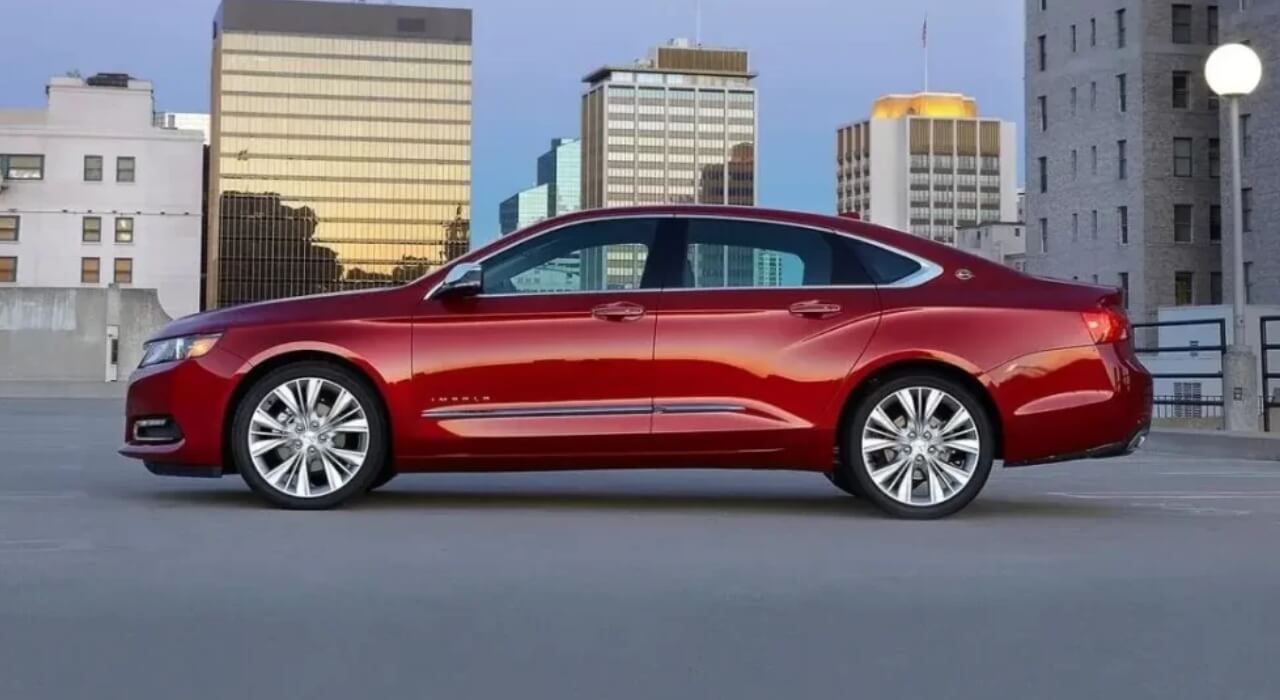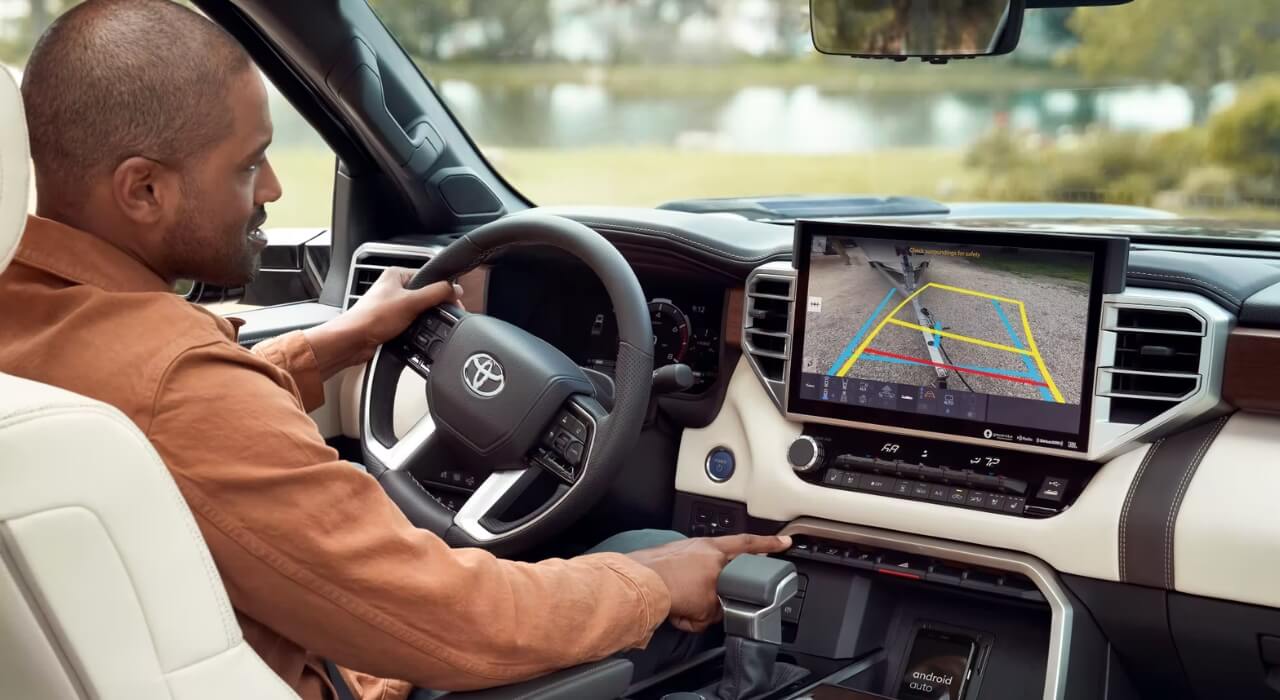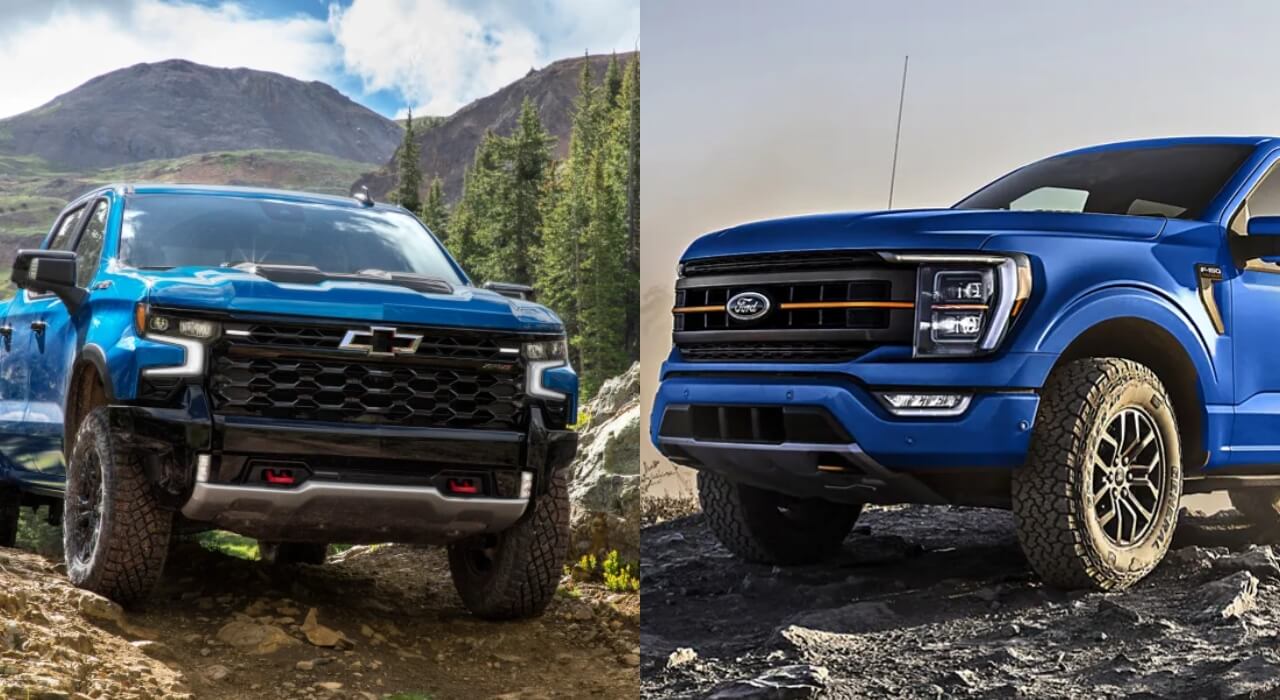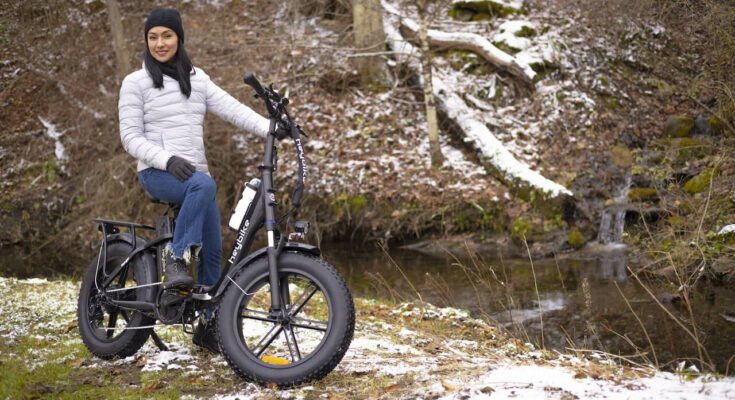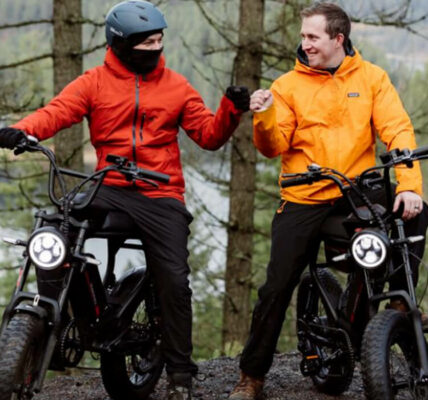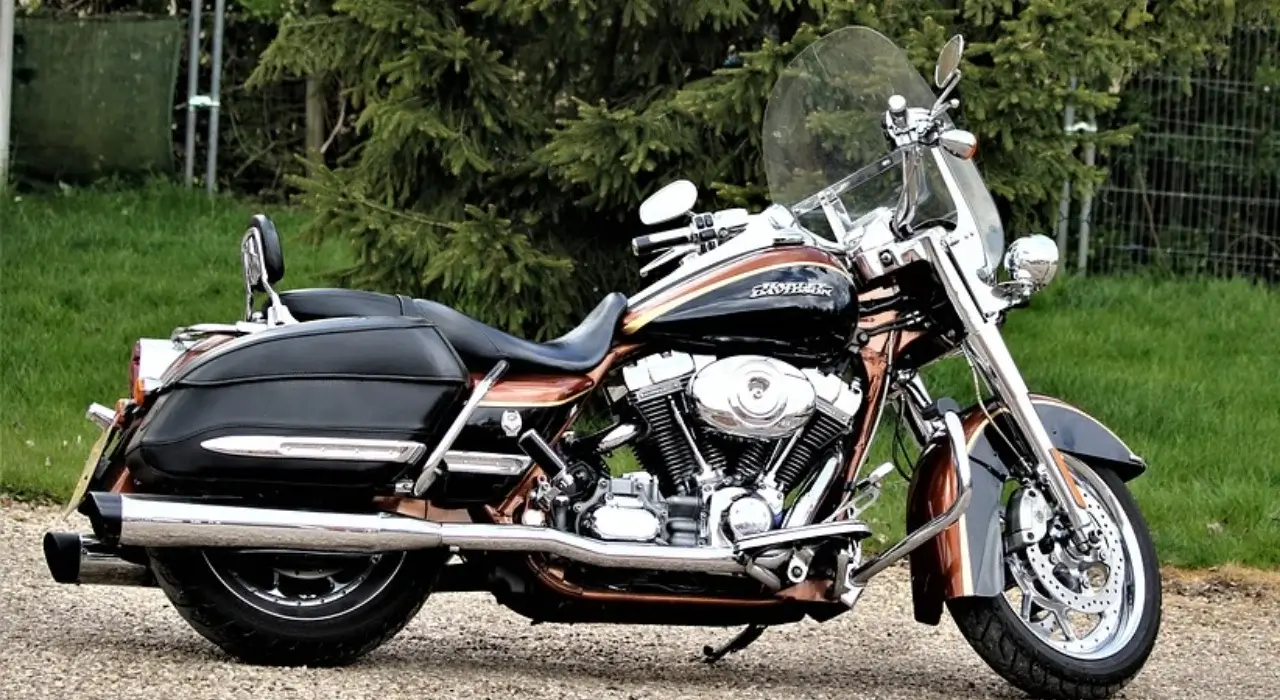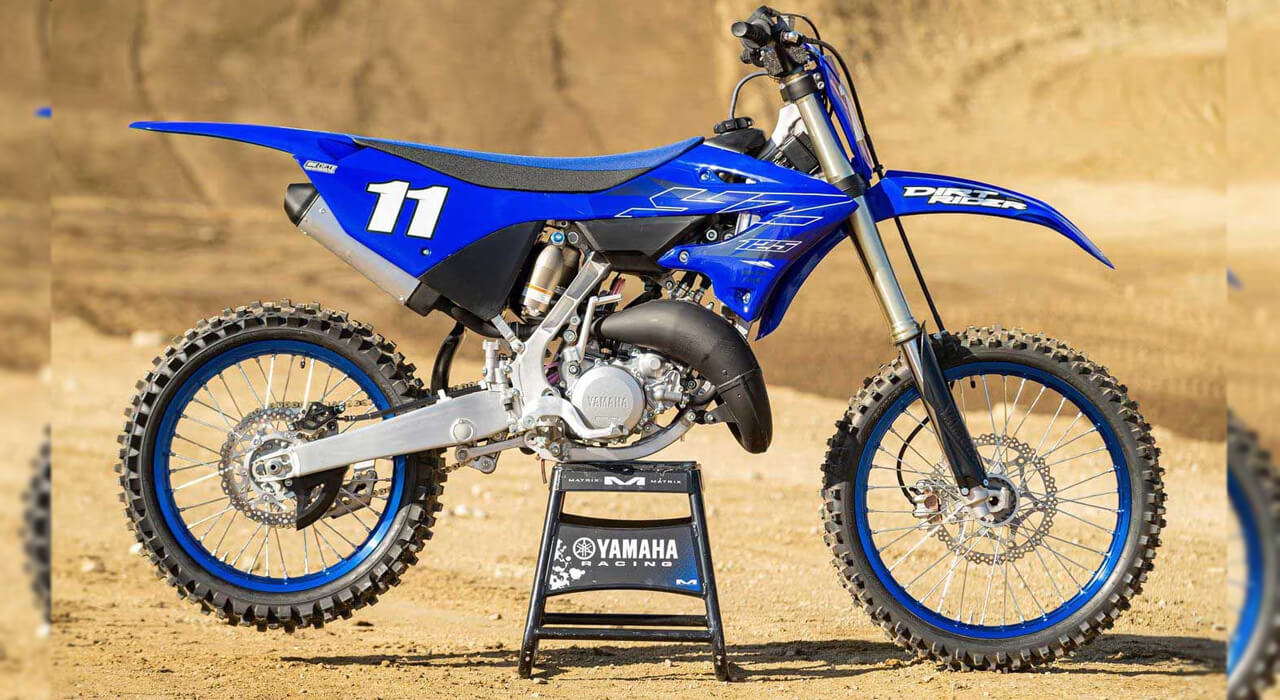In recent years, the popularity of electric bikes, or e-bikes, has surged globally. With advancements in technology and an increased focus on sustainable transportation, e-bikes have become a go-to choice for many. However, with a myriad of options available in the market, choosing the right e-bike that aligns with your needs and lifestyle can be daunting. This guide aims to simplify that process with nine essential tips to consider when purchasing an e-bike.
Assessing the Motor Power
Motor power, measured in watts, significantly impacts an e-bike’s performance. A higher wattage motor will provide more power, which is particularly useful for climbing hills or carrying heavy loads. However, this can also mean a quicker drain on the battery. When choosing motor power, consider the terrain you’ll be riding on. For city commuting on relatively flat terrain, a motor between 250 to 500 watts should suffice. For hilly areas or off-road adventures, a motor with higher wattage might be necessary.
Understand the Different Classes of E-Bikes
One of the most crucial steps in choosing an e-bike is understanding the different classes available. E-bikes are primarily categorized into three classes.
Class 1 e-bikes are pedal-assist only, with no throttle, and the motor stops assisting at 20 mph. Now, you might already know about a Class 1 ebike. However, do you know what is a Class 2 ebike? Or even a Class 3 ebike?
Here’s your answer:
Class 2 e-bikes also have a motor that stops assisting at 20 mph, but unlike Class 1, they have a throttle.
Class 3 e-bikes are pedal-assist only, with no throttle, and the motor stops assisting at 28 mph.
Class 2 e-bikes, in particular, are popular for their versatility. They are suitable for city commuting as well as leisurely rides. The throttle mechanism allows for easy navigation in traffic, making them a good option for those who may need a break from pedaling due to fitness levels or health concerns. When selecting the class, consider your primary use – whether it’s for commuting, exercise, or leisure – and check local regulations, as some regions have specific rules regarding e-bike classes.
Frame and Design:
The frame of an e-bike affects its weight, durability, and riding comfort. Frames are usually made from materials like aluminum, steel, or carbon fiber, each with its pros and cons. Aluminum is lightweight and affordable, steel is known for its durability and comfort, and carbon fiber offers the best strength-to-weight ratio but at a higher cost.
Suggestion: Are Radar Detectors Legal In USA? – Know Before You Buy In 2024
The design should also match your riding style. For instance, step-through frames are convenient for city commuting, while mountain e-bike frames are designed for off-road durability. Comfort is key, so ensure the frame size fits your body to avoid strain during rides.
Braking Systems: Safety First
Braking systems are critical for safety. Primarily, bikes come with either rim brakes or disc brakes. Rim brakes are common in traditional bikes and are lighter and more cost-effective. However, their performance isn’t optimal when you have to ride in wet or muddy conditions. Disc brakes, on the other hand, offer consistent performance in various conditions and are more reliable for heavier e-bikes or when carrying loads. They do require more maintenance and can be more expensive. Test-ride different systems to find what feels most comfortable and responsive to your needs.
Suspension: Ensuring a Smooth Ride
The type of suspension on an e-bike greatly influences ride comfort, especially over uneven terrain. There are three main types: full suspension, front suspension, and no suspension. Full suspension, offering both front and rear shock absorbers, provides the smoothest ride over rough terrain, making it ideal for off-road adventures. However, it typically adds to the cost and weight of the e-bike.
Front suspension, common in hybrid and mountain e-bikes, strikes a balance by smoothing out most bumps and is suitable for light off-road and city riding. E-bikes with no suspension are lighter and require less maintenance but are best suited for smooth, paved surfaces. When choosing, consider where you’ll be riding most frequently and your comfort preference.
Understanding Gear Systems
Gears play a crucial role in managing an e-bike’s effort, especially on varying terrains. Hub gears, integrated into the rear wheel, offer low maintenance and a neat, streamlined look but usually come with a limited range of gears. Derailleur gears, with a visible gear-changing mechanism, provide a wider range of gears, making them suitable for hilly terrains.
Also Check: Uniden R7 Vs R8 – Find The Best Radar Detector For 2024
However, they require more maintenance. Consider your typical routes: flat city roads might not need many gears, while hilly or off-road terrains might. Your fitness level also plays a part, as more gears can make pedaling easier.
Weight and Portability Factors
The weight of an e-bike can affect its handling, transportation, and storage. Heavier models might be more stable and durable but can be challenging to lift and carry. This is a crucial consideration if you live in an apartment or plan to transport the e-bike in a car. Lighter models are easier to maneuver but may have a lower battery range or payload capacity.
Suggestion: 2024 Dodge Charger Or Dodge Challenger – Which Is Best?
Foldable e-bikes provide portability and space-saving, so they might be the most feasible option if you need to consider these aspects. Assess your ability to handle the bike’s weight and your storage needs before deciding.
Accessory Compatibility and Customization
An e-bike’s compatibility with accessories enhances its functionality and personalization. Accessories like racks, fenders, and lights can transform an e-bike from a recreational vehicle to a practical commuting tool. When choosing an e-bike, check for mounting points and compatibility with accessories you might need.
Additionally, some e-bikes offer customization options, allowing you to adjust components like the seat, handlebars, and tires to suit your preferences. This can improve comfort, performance, and the overall riding experience.
Budget and Long-Term Costs
The cost of an e-bike is not just the initial purchase price. Consider the long-term costs, including maintenance, battery replacement, and potential upgrades. Higher-end e-bikes might have a higher upfront cost but can offer better durability and lower maintenance costs in the long run. Also, factor in the battery life – a more expensive battery might last longer, reducing replacement costs. Balance your budget with the quality and features you need. It’s often worth investing a bit more upfront for a reliable, enjoyable e-bike that will last.
Conclusion
Selecting the right e-bike involves understanding the nuances of each component and how they align with your personal needs. Ultimately, the right e-bike should not only cater to your practical needs but also provide a comfortable and enjoyable riding experience. Take the time to research and test different models, and you’ll be well on your way to finding an e-bike that is perfectly suited for you.

